Archive
St. James' Park - A Brief History
Written by Newcastle Utd
Following the renaming of Newcastle's stadium as St. James' Park, we take a look at its history
St. James' Park is the oldest football stadium in the North-East, with football first played on the turf as early as 1880.
The ground has been the home of three clubs; Newcastle Rangers, Newcastle West End and Newcastle East End, who moved to the arena in the summer of 1892 shortly before changing their name to Newcastle United.
Back in Victorian Tyneside, St. James' Park was barely a rough patch of grazing land, bounded by Leazes Park and Leazes Terrace.
By the time Newcastle East End had been installed at St. James' Park development had only been completed in a minor way, and when Newcastle United started to take part in Football League action a small stand had been erected.
With Newcastle United's promotion to the First Division in 1898, the Club made a big effort to start to develop the ground.
Major building work started with a new stand at the Gallowgate End being erected, the pitch being levelled and re-laid and a terrace formed on the other sides of the ground. A corrugated iron fence enclosed the ground and the capacity was announced at 30,000.
A much bigger and grandiose development plan was put in to action only five years later when a complete reconstruction of the ground took place. United's growing stature - they were to win three Championships in the coming years - prompted the club to think and act big.
From a modest 30,000 stadium Newcastle soon opened what was classed as the best stadium in the country at the time, one to house upwards of 60,000.
A huge new stand was erected on the Barrack Road side of the ground and substantial terraces formed on the remaining three sides of the ground.
Also built was a vast swimming pool beneath the stand with players' facilities, a luxury touch that was the envy of every club in the Football League. The new stadium was opened in September 1905 with pomp and ceremony, and remained largely unaltered for almost the next 70 years.
In 1971 a scheme was agreed with the council for the transformation of St. James' Park, consisting of four new cantilevered stands, giving an eventual capacity of 47,340.
In January 1972 work started on a new Leazes Terrace stand - almost 50 years since the club had first applied for planning permission on that side of the stadium. A year later the stand was opened.
It was some time before the next phase started. In 1978, the Leazes End terrace was demolished and work started on a cantilevered stand behind the goal. But relegation and recession hit United's finances and the Leazes Stand never got out of the ground.
In the close season of 1986 United demolished the 80-year-old West Stand and commenced work on an impressive looking £5m structure to become the centre-point of the club's activities. To be named the Milburn Stand as a lasting tribute to Jackie Milburn, it was opened during the 1987-88 season.
Following a takeover of the Club by Sir John Hall in the opening weeks of 1992, work started to transform the Gallowgate site into a stadium to rival any in Britain.
Firstly, the Leazes End structure at last rose from the ground. Renamed the Sir John Hall Stand, it was opened for United's debut in the Premiership in 1993.
Substantial modifications to the Milburn Stand took place - a new pitch and drainage system installed, new floodlighting as well as the construction of the Gallowgate Stand and infilling all corners of the stadium to produce a marvellous all seater bowl with capacity of around 37,000.
Within the space of three short years the new showpiece stadium had been completed.
In July 1998 planning permissions were granted for further development - two huge double tiers to both the Milburn and Leazes Stands.
In November 2011, Newcastle United announced plans to licence the full naming rights to the stadium, in order to generate additional commercial revenue from advertising and sponsorship.
And until a sponsor was found who would be granted full naming rights, the stadium would be named the Sports Direct Arena.
October 2012 saw digital finance company Wonga announced as Newcastle United's new leading commercial sponsor.
In addition to sponsoring the team shirt from the start of the 2013/14 season, Wonga also purchased naming rights for the stadium, immediately handing it back to the fans by reverting its name to St. James' Park.
Copyright: P. Joannou (Newcastle United Club Historian)
ST. JAMES' PARK FACTS AND FIGURES
Ground Capacity
52,404
Pitch Measurements
105 x 68 metres
Record Home Attendance
68,386 v Chelsea, 3rd September 1930 (Division One)
Record Average Attendance
59,229 Season 1947-48 (Division Two)

